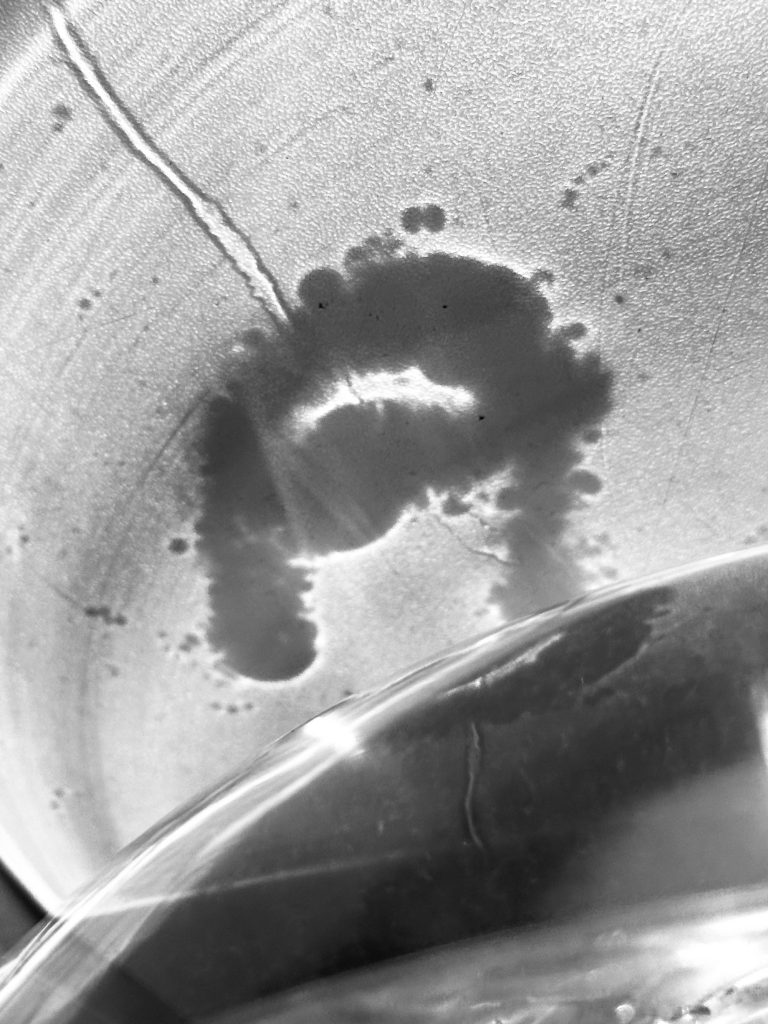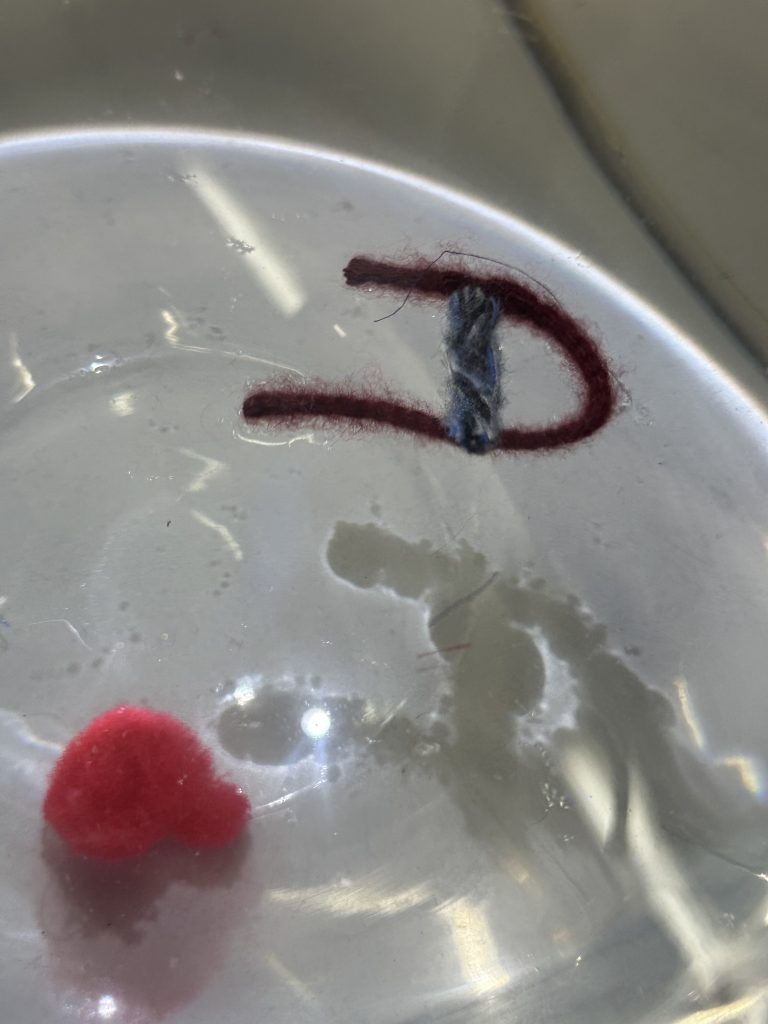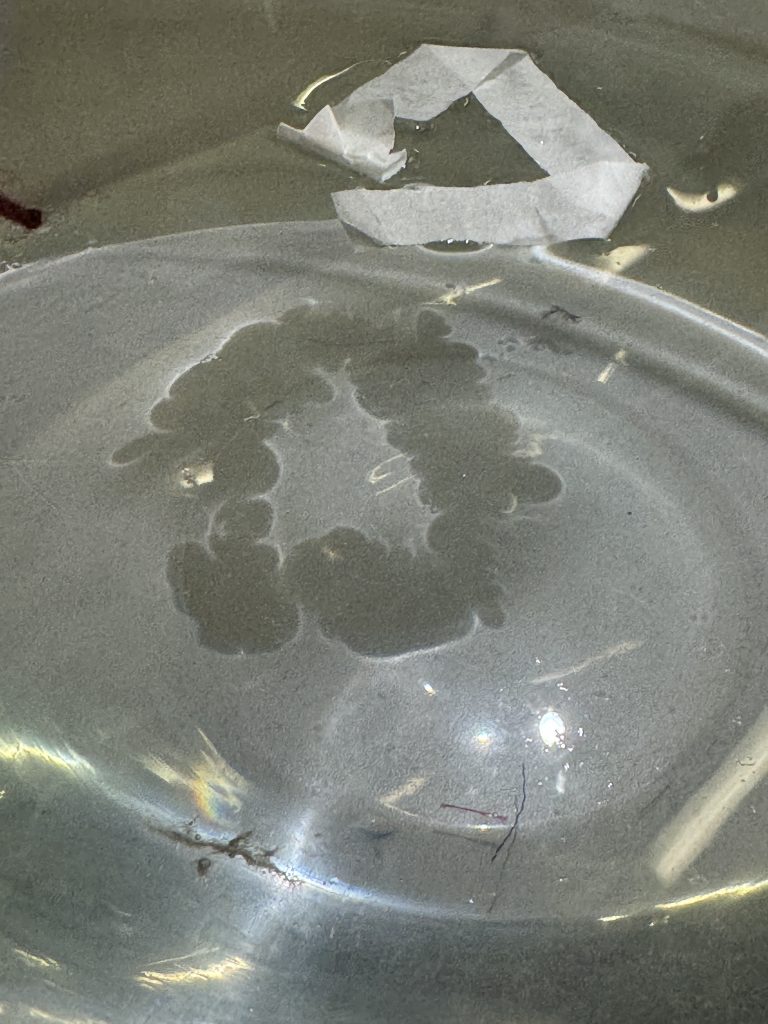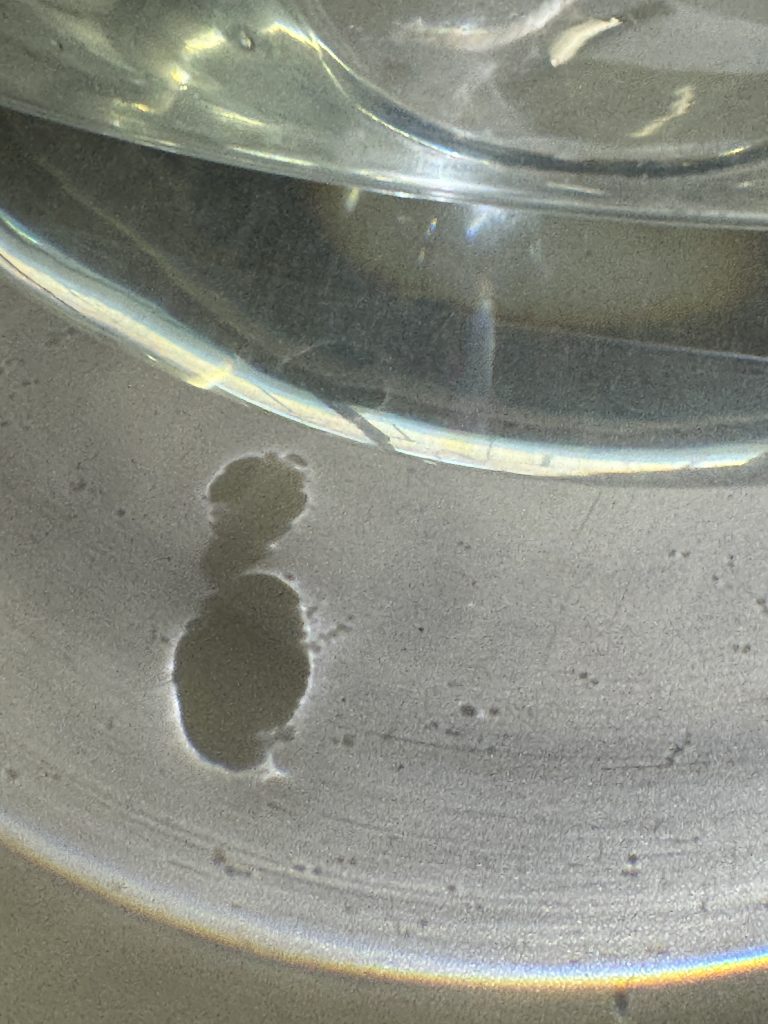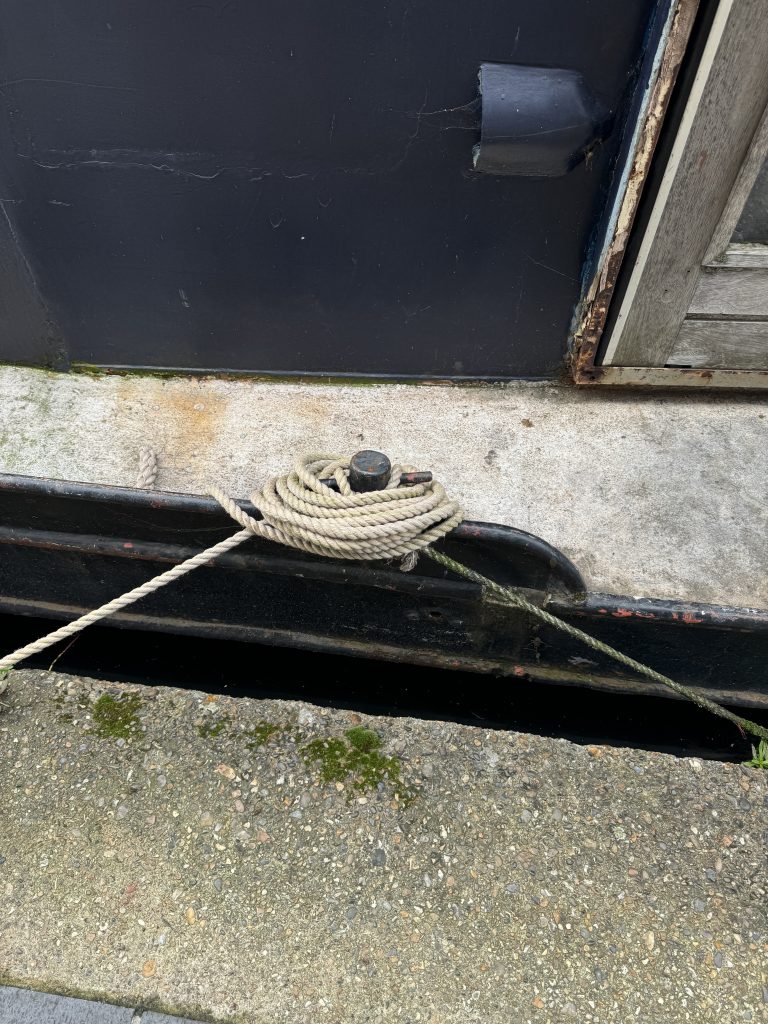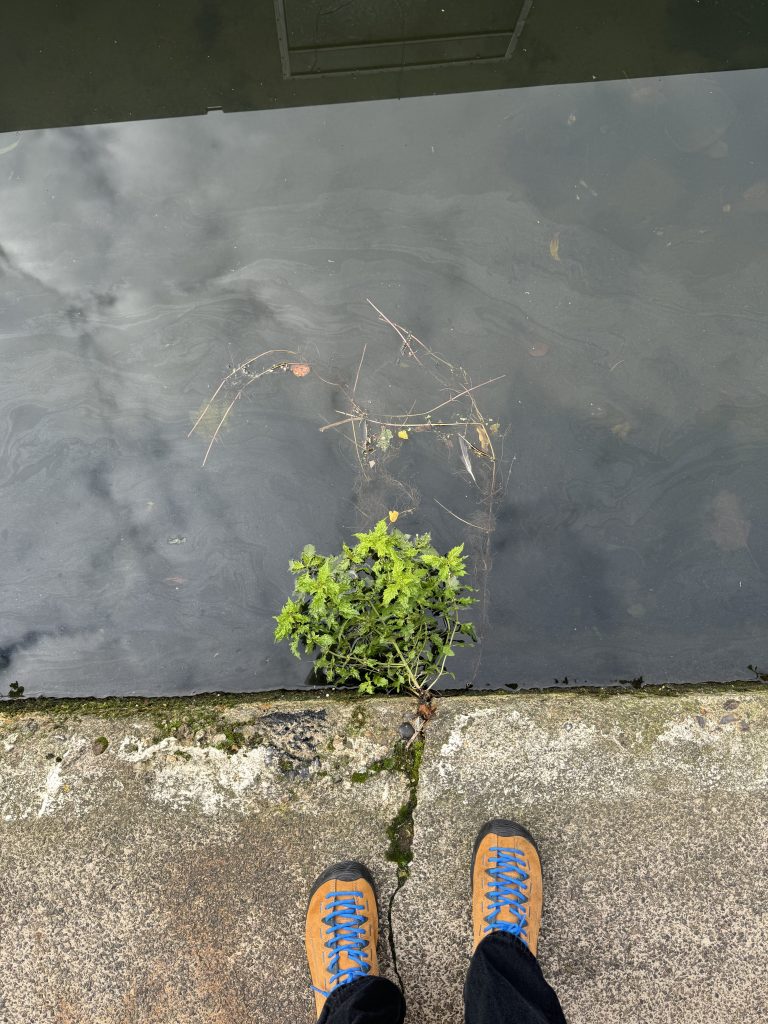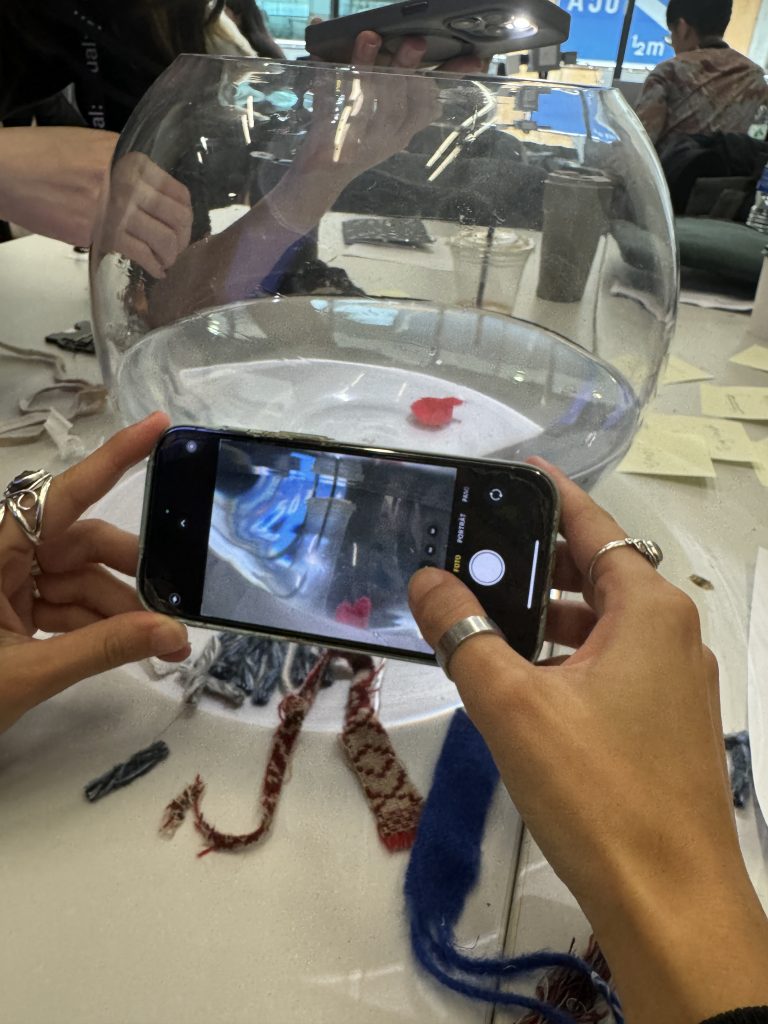Prompts
What does it mean when companies such as Google and Facebook renamed them Alphabet and Meta?
- Theoretically, the alphabet has been a tool available for all humans through education. With Google renaming themselves as Alphabet, could the meaning and access of the alphabet change for future generations? Why is Google, or anyone allowed to privatise fundamental tool, such as the alphabet?
Language implicates reality: the ideas we attach to things become things in the world. We use metaphors to describe things that elude our grasp, and fictions and metaphors allow an imaginary concept to be legitimated.
Voss, G. (2024) Systems ultra : making sense of technology in a complex world. London : Verso.
How does the privatisation of open-access or natural resources impact our lives?
How do writing systems change over time and what aspects of them resist change?
- Writing changes as writing tools develop: stone carving, ink, print, typewriters, keyboards, and touchscreen
- Some simple elements resist change better and get passed from generation to generation, whereas complex changes are harder to implement
In what ways can alphabets reflect cultural or personal identity?
- Racialised names: certain spellings of names are associated with a particular race and become the tool for racism and other types of discrimination
Design challenge: alphabet used underwater
When designing an alphabet that communicates underwater, we considered factors and elements such as light, motions, and sounds.
Could we skim flat stones into water and the hops and the skips made by the stones becomes an alphabet? Could we add soil, grass or leaves into the water and create alphabet that conveys the ecosystem around this particular area? What if the vibration and various frequency made by the boat motors becomes an alphabet?
At the end, we took inspiration from the bowline (boat knots) and various floating objects on the Regent’s Canal and made an alphabet floating on water. We pick up some fabric scraps from the swap shop at CSM and made different knots and letters from them. What interested me is some heavier fabrics changed shapes and forms as they absorbed more water and started sinking. The amount of water and the position of the fabrics also tell you how much time has passed since they were put into water.
Learning: to make a floating alphabet, you need light fabric, such as a thread, to prevent them from sink.
